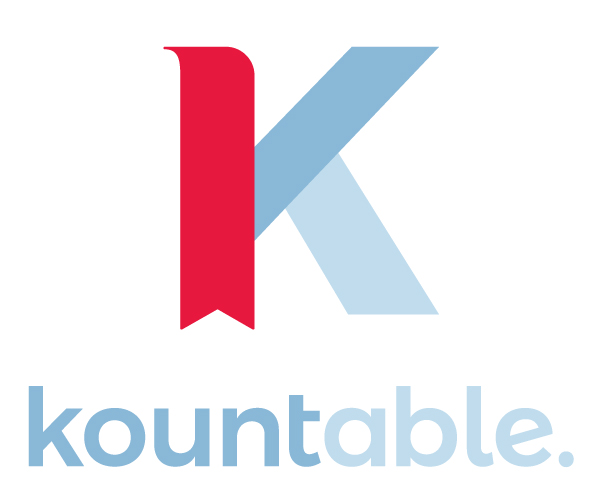Send invoice, get paid…………………mmmmmmm, if only the life of a business owner was that simple! The team here at Kountable observed that one of the most popular posts in their facebook feed over the last month was the post that had the image as shown in today’s blog entry, and the post read “How do you handle unpaid accounts? We recommend you have sound terms and conditions that clients sign off on prior to the start of a contract. It is also wise to get at least 2 credit references.” This post resonated with a lot of people because getting paid can be one of the biggest headaches and stressors of particularly service-based businesses.
As you know we totally adore the cloud-based accounting software Xero. It is such a simple and smart way to ensure your invoices are sent out quickly to clients and you can easily track payment and send our reminders, plus monthly statements. So when it comes to the struggle of unpaid accounts one of our first tips is always around what accounting software do you use to invoice clients? Or if you are doing your invoices manually or via or own invoice template, is that the most efficient way to be doing things? Do you find invoicing such a chore, that you tend to leave it to the last minute, when you suddenly realise the bank balance is getting rather low? We can’t say it enough times – you need a system in place that is easy to use.
Our second tip to keep bad debts at bay is we recommend you have robust terms and conditions that your clients sign off on, prior to the project beginning. There are various clauses that need to go in your terms and conditions – the clauses set out below relate to fees and deposits, plus late fees and charges. These clauses are given by way of example, for a business called Website Design Studio (WDS):
Fees and Deposits
All prices are quoted in Australian dollars and are exclusive of GST unless specified.
A 30% deposit of the total fee payable under the Client Agreement is due once you have instructed WDS (in writing via email) to proceed with the Website Build.
An invoice will be issued and the deposit must be paid within 5 working days, before the Website Build commences.
WDS reserve the right not to commence any work until the deposit has been made in full.
The remaining 70% of the invoice is due within 10 working days of the website being completed and approved per the terms of the Client Agreement.
The 30% deposit is only refundable if we have not fulfilled our obligations to delivery the work required under the Client Agreement.
The deposit is NOT refundable if the development work has been started and you terminate the contract through no fault of WDS.
Late fees and charges
All outstanding invoices will incur a late penalty fee of 10% of the pending amount and an administration fee of $5 per month, from the due date.
Due date: is the date on which the payment is due as per the terms on the invoice.
Outstanding invoice: an invoice is deemed to be outstanding if the payment is still due after due after 7 working days of the expiry of the due date.
Debt collection: a client is provided a further 7 working days after a late payment fee is applied to pay the invoice. Failure to pay will result in the outstanding amount being referred to a debt collector.
WDS will not be liable for any costs or charges associated with the recovery of the outstanding amount. Any charges associated with the recovery of the debt (debt collectors, administration charges, legal fees) will be referred to the client for processing.
If you are going to be late with your payment for a particular reason or have any queries regarding your invoice please contact WDS immediately on receiving the invoice or reminder emails, so that arrangements can be made.
Therefore recapping our blog post today in regards to unpaid accounts we recommend you have a practical efficient accounting system in place and you have terms and conditions that you use with your Client Agreements. If these 2 areas are addressed you should find that pulling faces and fist threats should become something that you do NOT need to resort to.
Please contact the team at Kountable if you require further advice and assistance.






This Post Has 0 Comments